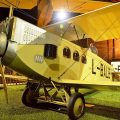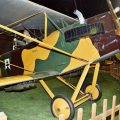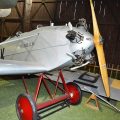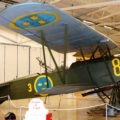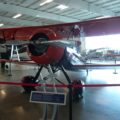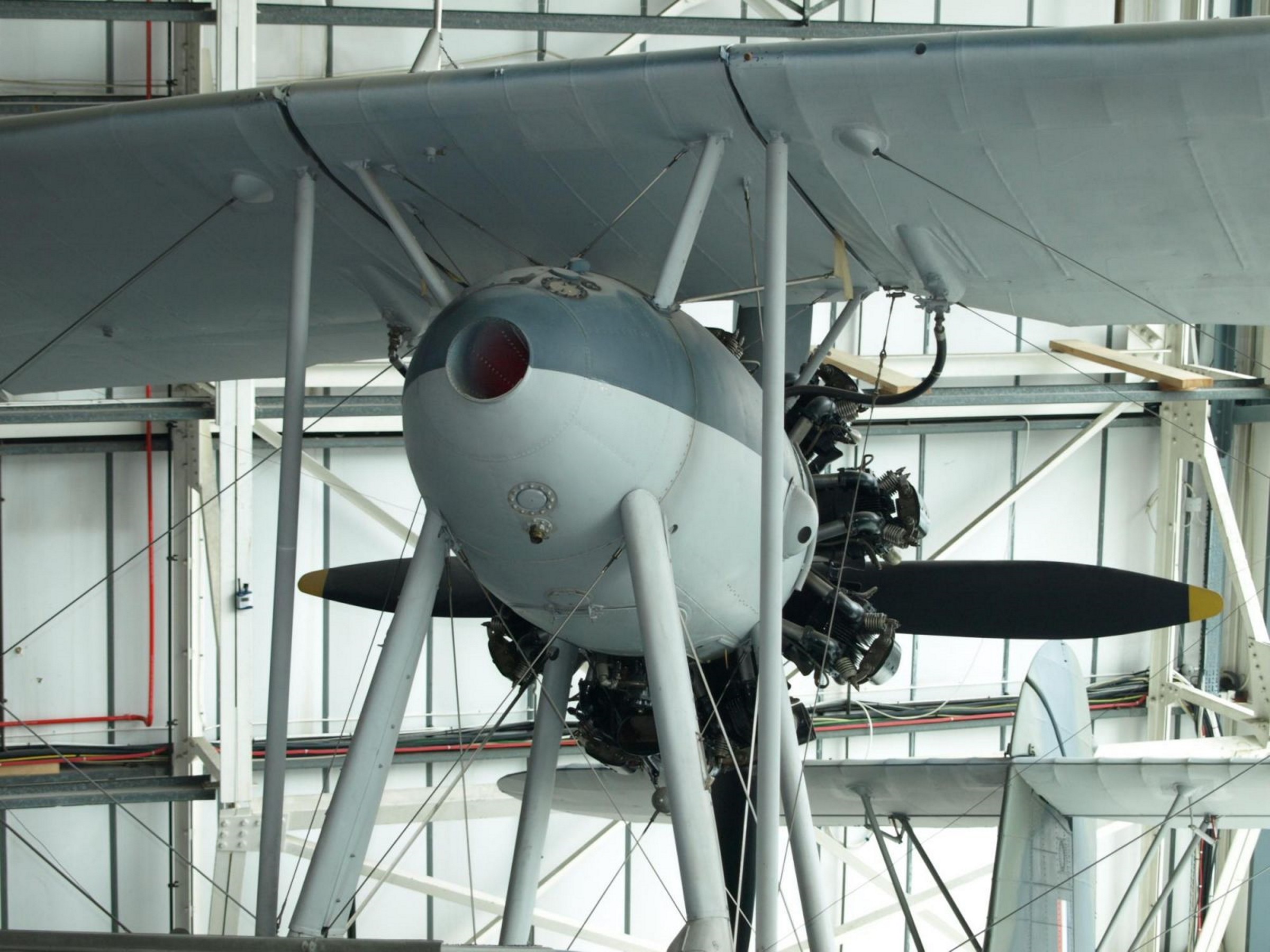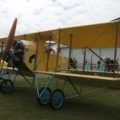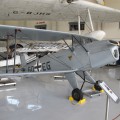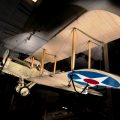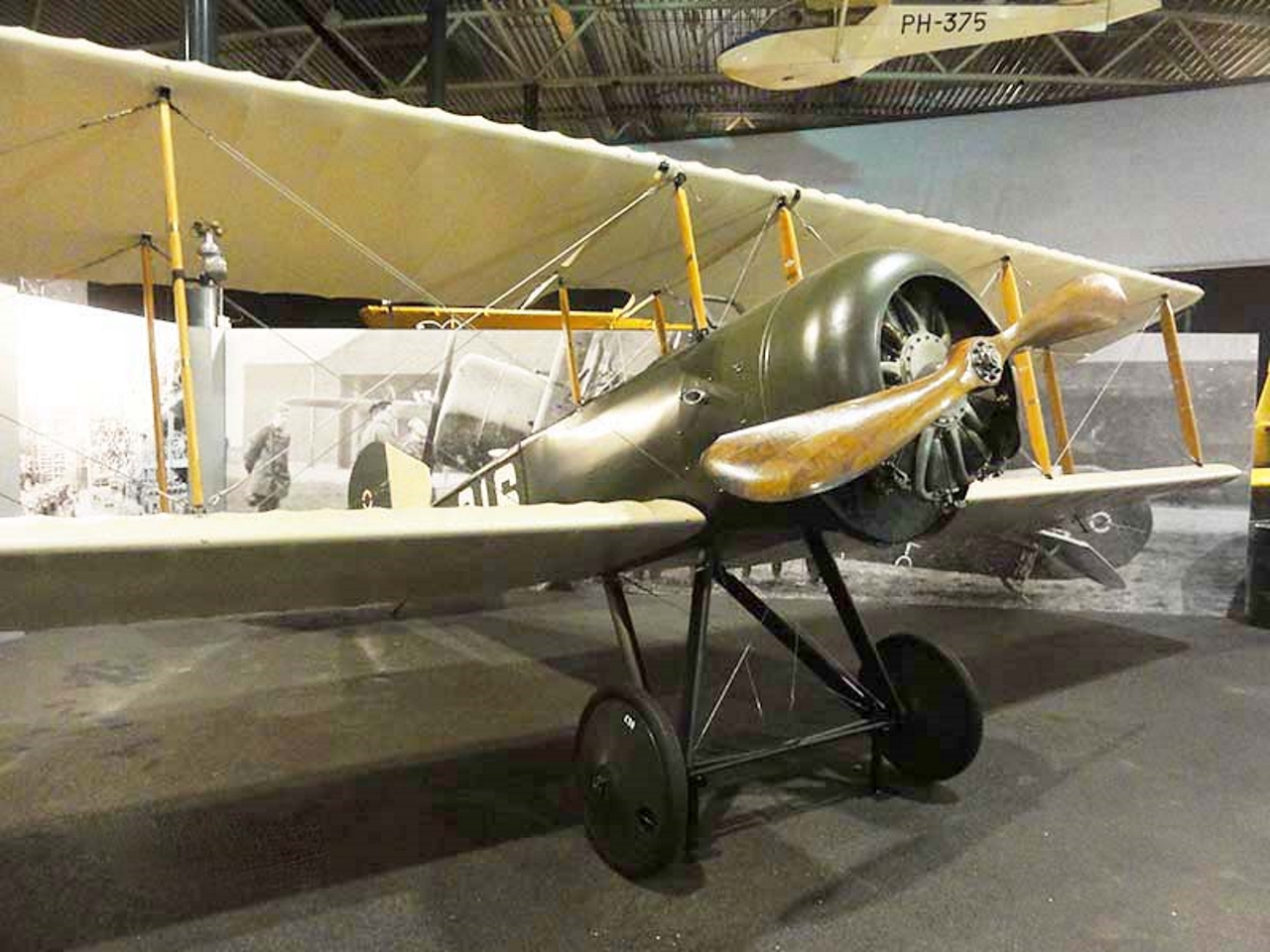
Spijker V.2 | |
|---|---|
| Χώρα | Ολλανδία |
| Ρόλο | Εκπαιδευτικό αεροσκάφος διπλού ελέγχου |
| Πρώτη μύγα | March 1917 |
| Χτισμένο | 78 |
Teh Σπίκερ V.2, sometimes anglicized to Spyker V.2 or Spyker-Trompenburg V.2, was a low powered, tandem seat biplane designed and built for the Dutch government for pilot training towards the end of World War I. More than seventy were built.
| Spijker Trompenburg V.2 Walk Around | |
|---|---|
| Φωτογράφους | Μεϊντέρ ντε Βρίζε |
| Εντοπισμού | Αγνοώ |
| Φωτογραφίες | 23 |
Σχετικά κιτ:
Βρείτε κιτ στο eBay:
Δείτε επίσης:
The Spijker V.2 was a dual control training aircraft developed by the Dutch manufacturer Spijker (later known as Nederlandsche Automobiel en Vliegtuigfabriek Trompenburg) in 1917. It was a low-powered, two-seat biplane with a Thulin A rotary engine and a wooden fuselage. The Spijker V.2 was designed and built for the Dutch government for pilot training towards the end of World War I, when the Netherlands remained neutral. More than seventy Spijker V.2 aircraft were produced and used by the Army Aviation Group, the Dutch Naval Aviation Service and the KNIL until 1926. The Spijker V.2 was notable for its ability to perform aerobatic maneuvers such as loops on a small engine, and for being one of the first aircraft to have ailerons on both upper and lower wings.
Θεάσεις : 1215


